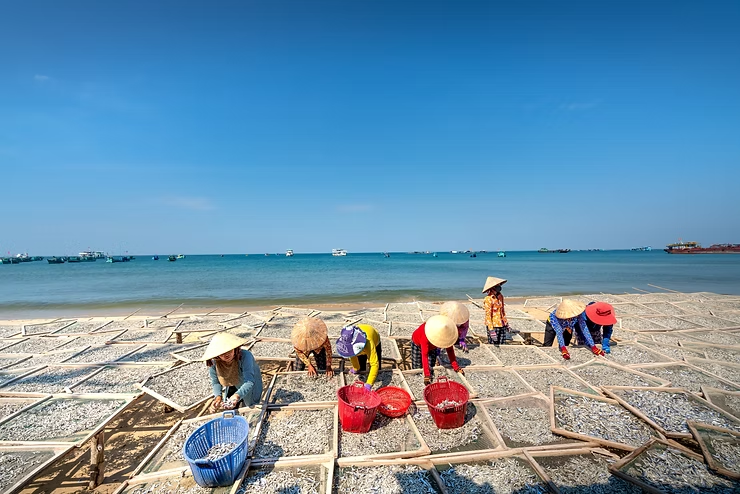Reducing Ocean Nitrogen Pollution
Excess nitrogen from agricultural and industrial sources poses a major threat to marine ecosystems and coastal communities. While nitrogen is essential for life, overloading oceans with this nutrient can cause harmful algal blooms, dead zones, and loss of biodiversity. Addressing nitrogen pollution requires coordinated efforts across multiple sectors.
Key Strategies to Reduce Nitrogen Pollution
1. Agricultural Practices
Adopt sustainable farming methods like precision agriculture, cover cropping, and buffer strips to reduce nitrogen runoff. Education and incentives can encourage farmers to implement these practices.
2. Fertilizer Management
Proper timing, soil testing, and precision application of nitrogen-based fertilizers prevent overuse and minimize runoff into waterways.
3. Wetland Restoration
Restoring and protecting wetlands helps intercept and absorb excess nitrogen before it reaches coastal waters, acting as natural filters.
4. Stormwater Management
Urban and industrial areas can use constructed wetlands, permeable surfaces, and retention systems to capture nitrogen-laden runoff.
5. Wastewater Treatment
Upgrading treatment plants with advanced technologies ensures nitrogen is removed from sewage before it enters water bodies.
6. Sustainable Aquaculture
Responsible feeding and proper waste management in fish farms reduce nitrogen pollution from aquaculture operations.
7. Regulatory Frameworks
Governments can establish and enforce limits on nitrogen emissions from industrial and agricultural activities to protect water quality.
8. Education and Outreach
Public awareness campaigns inform individuals and businesses about nitrogen impacts and guide them to reduce their nitrogen footprint.
9. Research and Monitoring
Ongoing research and monitoring help track nitrogen levels, assess mitigation effectiveness, and provide early warnings of pollution events.
10. Integrated Approaches
Watershed-based management that addresses the nitrogen cycle comprehensively—from fields to coastal waters—enhances mitigation efforts.
11. International Cooperation
Sharing knowledge and best practices globally strengthens efforts to reduce nitrogen pollution across borders.
12. Green Infrastructure
Incorporating vegetated swales, urban forests, and other green infrastructure reduces urban nitrogen runoff effectively.
13. Sustainable Land Use Planning
Protecting natural landscapes and minimizing urban sprawl prevents habitat destruction and reduces nitrogen pollution risks.
14. Incentives and Subsidies
Financial support encourages businesses and individuals to adopt technologies and practices that reduce nitrogen emissions.
15. Corporate Responsibility
Industries must adopt cleaner production methods and take accountability for nitrogen emissions from their operations.
16. Public Engagement
Citizen science, coastal clean-ups, and community participation foster stewardship and collective action to protect marine environments.
Conclusion
Reducing nitrogen pollution is a complex challenge requiring collaboration from governments, industries, communities, and individuals. By implementing sustainable practices, enforcing regulations, and raising awareness, we can mitigate nitrogen impacts, safeguard marine ecosystems, and ensure a healthier future for oceans and coastal communities.

